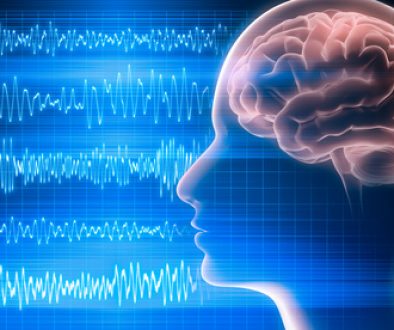Your Brain Can Heal
“Clients are understandably nervous when they are “having their head examined.” Still, they know that something is not quite right for them, either mentally, cognitively, or behaviorally; otherwise, they would not be sitting in my office. “Brain examination” can be a daunting concept, and it is made more so because of the myths we have been told about the brain: “The brain has a limited capacity for recovery. You have to live with the cards you have been dealt.” “Age-related changes in brain efficiency are a fact of life.” “Two years after a stroke, further recovery is impossible.” “Biochemical problems in the brain can be dealt with only by taking drugs.” Our growing knowledge about the brain shows clearly that these old ideas are wrong. Robert Shin of the Department of Neurology at the University of Maryland School of Medicine states, “For a long time we really didn’t think the brain had [the capability to recover after injury] but now there [is] an increasing understanding that that is not true, that actually the brain can adapt, it can reorganize.” If you have a weak muscle in your body, exercise can increase its strength. If you have inefficiencies in brain functioning, you can exercise that function and increase its efficiency. There is ample evidence of this process. Neurotherapists can usually tell clients why they have come for treatment simply by looking at their brain map. Nothing mysterious or psychic is going on. Rather, the brain signals, recorded, using scalp electrodes, reveal a pattern of activity that correlates with various mental or cognitive states. Clients, having told me nothing about their condition at this point, are impressed by the accuracy of my descriptions and welcome further detailed information. The brain tells me almost everything I need to know to conduct an effective treatment program. Understanding how brainwaves work helps me identify symptoms or, in neurotherapy terms, brain inefficiencies. Such diagnostic precision gives clients confidence in the treatment and in their ability to heal or overcome their particular symptoms. They are reassured because progress can be precisely monitored during treatment. Initially concerned about having the inner workings of their brain exposed, clients rapidly become intrigued by the details of brainwave activity.” pp. 39-40 Biofeedback For The Brain by Paul G. swingle Ph.D. Questions? Treatment begins with a brain map QEEG. Call Fort Wayne Neurofeedback to set an appointment and ask questions. Ph. 260 432-8777



